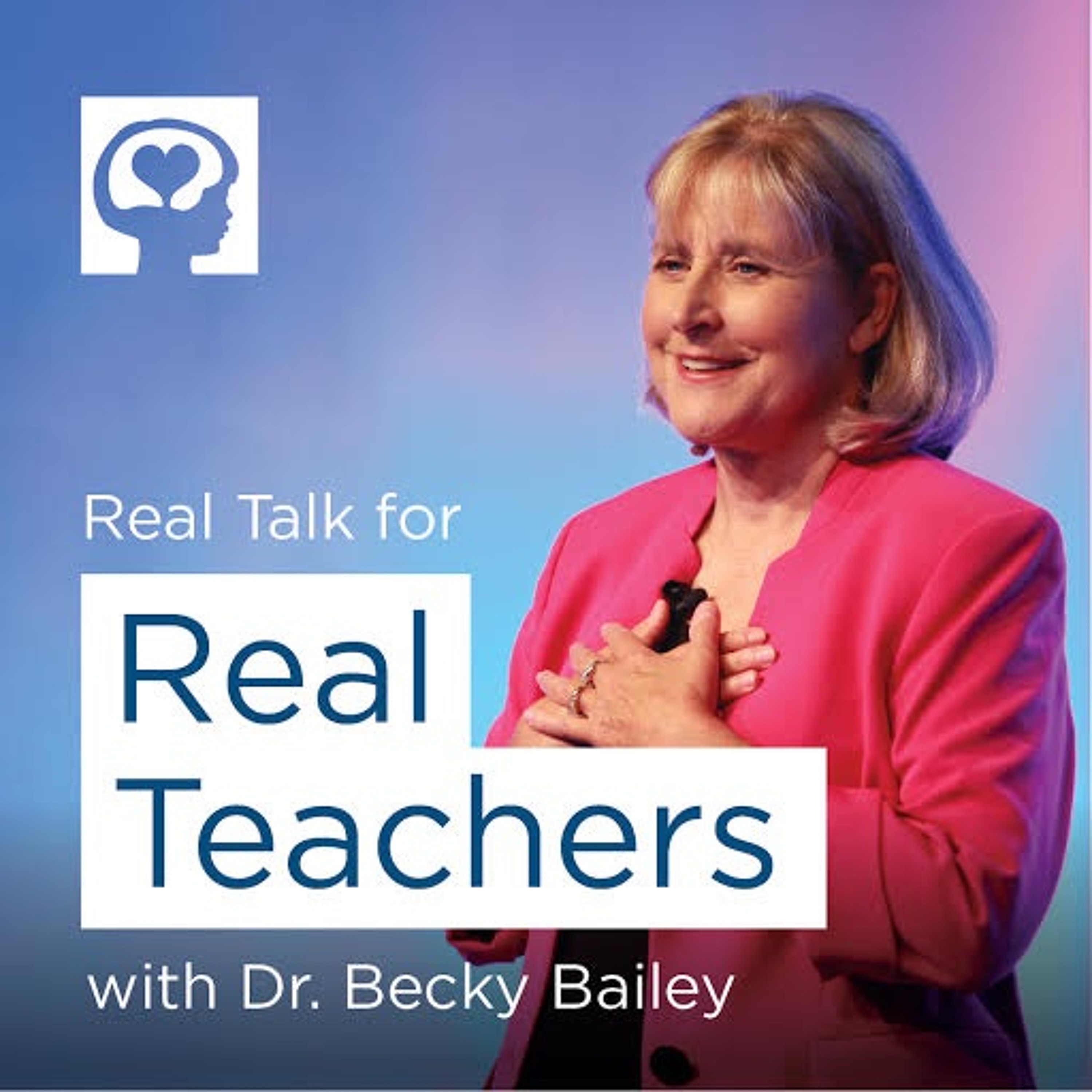
Implementing Conscious Discipline as a New Principal
 2018-08-31
2018-08-31
Download
Right click and do "save link as"
Today’s teachers must juggle more initiatives, responsibilities and challenges than ever before. For this reason, introducing Conscious Discipline to faculty/staff as a new principal can be difficult. Staff must recognize the need for social and emotional learning, be willing to view children with positive intent and love and commit to the process of transformational change. This is an ongoing journey, and the key is to go slowly.
Listen as Dr. Heather Finn shares her experiences and insight about introducing and implementing Conscious Discipline as a new principal. For twelve years, Heather was an award-winning teacher. She worked as a college adjunct professor for five years while earning her doctorate. She then became an assistant principal at Green Valley Elementary, a Title I school populated by students who had experienced significant trauma. After experiencing success with Conscious Discipline there, Heather became a principal at Bunker Hill Elementary in Indianapolis. In this episode, she shares tips for new principals on gradually bringing Conscious Discipline to a school.
Essential Takeaways
• For Conscious Discipline to succeed, it’s important for adults to view children through a lens of positive intent and love at all times. Adults can then teach students the skills they are missing (through no fault of their own) rather than punishing them.
• Conscious Discipline can meet the needs of all students and work with any population. At Green Valley, there were typically 14-15 children in a class of 22 that had significant difficulties and needed consistent support throughout the day. Over the four years that Heather worked at Green Valley, teachers and students saw tremendous success with Conscious Discipline.
• When faculty and staff are open to seeing others with positive intent and making connections, the impact of Conscious Discipline is felt both inside the classroom and outside of school.
• It’s essential for principals introducing Conscious Discipline to live it so they can naturally model the skills and powers.
• Choose a few pieces of Conscious Discipline to implement bit by bit (e.g. language of noticing, greeting rituals, morning meetings, Brain Smart Start).
• When bringing Conscious Discipline to a school, be mindful of current traditions and rituals as well.
Steps for Tomorrow
• Start by working on your own composure. Your composure and leadership are the most important pieces, allowing you to model the best parts of Conscious Discipline. Model noticing for teachers and students.
• Celebrate what you notice and what is already wonderful about the school you’ve stepped into. Notice the traditions and foundational pieces that are already in place.
• Come up with a theme that is the foundation of what you hope to build and achieve within the school. For instance, Heather’s school theme is “We Are Family: All My Bulldogs and Me.”
Important Links
• ConsciousDiscipline.com (https://consciousdiscipline.com/)
• Power of Love (Webinar) (https://consciousdiscipline.com/power-of-love/)
• Power of Intention (Webinar) (https://consciousdiscipline.com/power-of-intention/)
• Skill of Positive Intent (https://consciousdiscipline.com/free-resources/book-portal/chapter-9-positive-intent/)
• Greeting Ritual (https://consciousdiscipline.com/free-resources/shubert/sophies-classroom/greeting-ritual/)
• Brain Smart Start (https://consciousdiscipline.com/free-resources/shubert/shuberts-classroom/brain-smart-start/)
Product Mentions
• Conscious Discipline: Building Resilient Schools (https://shop.consciousdiscipline.com/collections/conscious-discipline-core/products/the-new-conscious-discipline-book-expanded-updated)
• Creating the School Family (https://shop.consciousdiscipline.com/collections/school-family/products/creating-the-school-family)
• Seven Skills Poster Set (https://shop.consciousdiscipline.com/collections/conscious-discipline-core/products/seven-skills-poster-set)
view more
More Episodes
The Power and Potential of Faith
 2017-09-29
2017-09-29
 2017-09-29
2017-09-29
012345
Create your
podcast in
minutes
- Full-featured podcast site
- Unlimited storage and bandwidth
- Comprehensive podcast stats
- Distribute to Apple Podcasts, Spotify, and more
- Make money with your podcast
It is Free
- Privacy Policy
- Cookie Policy
- Terms of Use
- Consent Preferences
- Copyright © 2015-2024 Podbean.com





